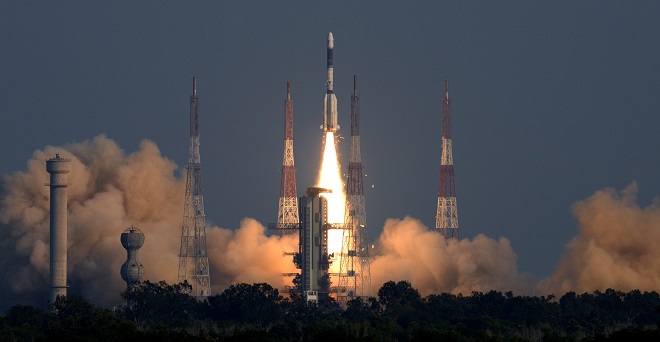
GSLV-F11 successfully launched GSAT-7A, ISRO's 39th communication satellite, on December 19, 2018 at 1610 hrs (IST) from the Second Launch Pad (SLP) of Satish Dhawan Space Centre SHAR, Sriharikota. Photo: ISRO.
SRIHARIKOTA, AP (PTI): India on Wednesday successfully launched its latest advanced satellite that will give a big boost to the strategic communication and networking capabilities of the Indian Air Force (IAF).
In a launch that came with many firsts, the 2,250 kg geo-stationary satellite GSAT-7A built by the Indian Space Research Organisation (ISRO) provides for a secure mode of communication and will be for the exclusive use of the IAF.
Dubbed as "Angry Bird", the satellite is expected to enable the force to interlink different ground radar stations, ground airbase and Airborne early warning and control (AWACS) aircraft.
After a 26-hour countdown, ISRO's rocket GSLV-F11 carrying the satellite lifted off at 4.10 pm from the second launch pad at Sriharikota, about 110 km from Chennai.
Around 19 minutes after the lift-off, the geosynchronous launch vehicle injected the satellite into the intended orbit. It will be placed in its final geostationary orbit using the onboard propulsion systems.
According to ISRO, the satellite would take a few days after separation from the launcher to reach its orbital slot.
ISRO scientists broke into cheers after the satellite was placed into the designated orbit.
According to the space agency officials, the advanced communication satellite would facilitate exclusive frequency flight communication for the IAF.
"The launch is a tremendous jump in our networking capabilities. It will be very beneficial to our communication network," IAF chief Air Chief Marshal B S Dhanoa told reporters in Jodhpur.
The mission life of the GSAT-7A is eight years. It will provide communication in Ku-band over the Indian region.
From the Mission Control Centre, ISRO Chairman K Sivan said the "successful and safe" launch was the third one in 35 days and came close on the heels of the "grand success" of two missions in November.
The GSLV-F11 successfully injected the "advanced" communication GSAT-7A into orbit, an elated Sivan said, describing the mission as "wonderful."
This was the heaviest satellite lifted by the GSLV with indigenous cryogenic stage, he added.
The mission came with many firsts, including increased propellant loading and other features, the ISRO chief said.
The "cryogenic stage is burnt to depletion to get a super synchronous transfer orbit to enhance the life of the satellite," he said.
The satellite also came with new technology regarding the antenna to improve the performance, Sivan said.
Its solar panels have been deployed and orbit raising manoeuvres will be done from Thursday morning from Bengaluru, he said.
Wednesday's mission also gave the scientists some anxious moments "as the weather god was not very conducive some one week back," Sivan noted.
However, the meteorological team here gave correct predictions, he said and congratulated the ISRO team members behind the successful launch, the last for this calendar year.
"This is the last mission of this year. We are going to initiate the new year with a grand mission soon," he said.
Sivan said the new year would see ISRO taking up challenging launches, including the Chandrayaan-2 moon mission.
The GSLV-F11 is the ISRO's fourth generation launch vehicle with three stages.
Four liquid strap-ons and a solid rocket motor at the core form the first stage of the launch vehicle, while the second stage is equipped with a high-thrust engine using liquid fuel, ISRO said.
The Cryogenic Upper Stage forms the third and final stage of the vehicle.
The seventh launch of 2018 from Sriharikota marks the 69th mission of GSLV-F11 for ISRO.
Sivan said the second stage propellant loading of the launch vehicle was increased from 37.5 tonnes to 40 tonnes while cryogenic stage propellant loading from 12 tonnes to 15 tonnes along with enhanced thrust value for cryogenic stage, he said.
"This has been successfully demonstrated in this mission and we got 2,000 km more than what we expected. This is a great achievement," he said.
Referring to the salient features of the Wednesday launch, Vikram Sarabhai Space Centre Director S Somanath said the vehicle was an improved version where scientists brought changes in the cryogenic stage as well as second stage to improve payload capability.
"This resulted in a lot of engineering changes and new elements. The (GSLV) vehicle itself is 1.5 metres longer than the previous GSLVs and it calls for understanding aerodynamics, hardware design and control systems," he said.
He congratulated the ISRO team for "meticulously" undertaking all the new changes and making a successful launch.
"This is the sixth consecutive success of the GSLV. It only shows that this vehicle is going to stay longer and to make more missions in the years to come with improved capability," he said.
On November 14, ISRO's GSLV-MkIII-D, which is dubbed by the ISRO as the 'Bahubali' or "fat boy" of Indian rockets, injected into orbit a 3,423 kg communication satellite GSAT-29, the country's heaviest to be put into orbit.
India's earth observation satellite HysIS and 30 other co-passenger satellites from eight countries were launched onboard ISRO's trusted workhorse Polar Satellite Launch Vehicle on November 29.
 Previous Article
Previous Article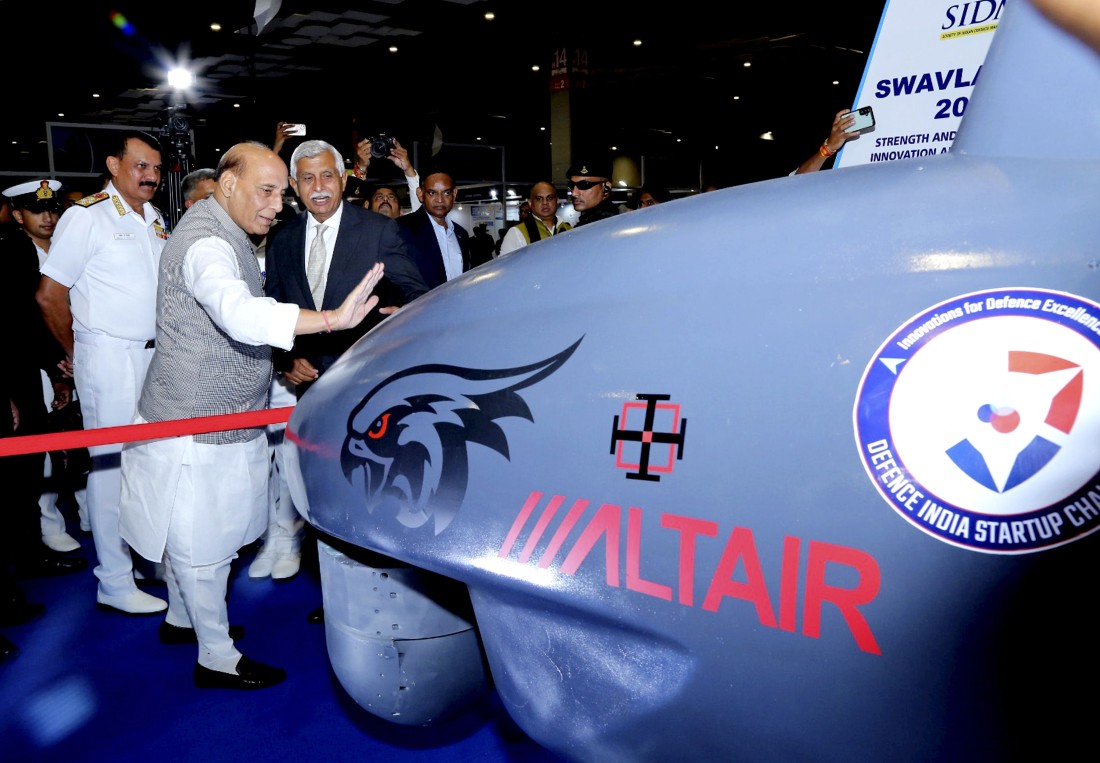
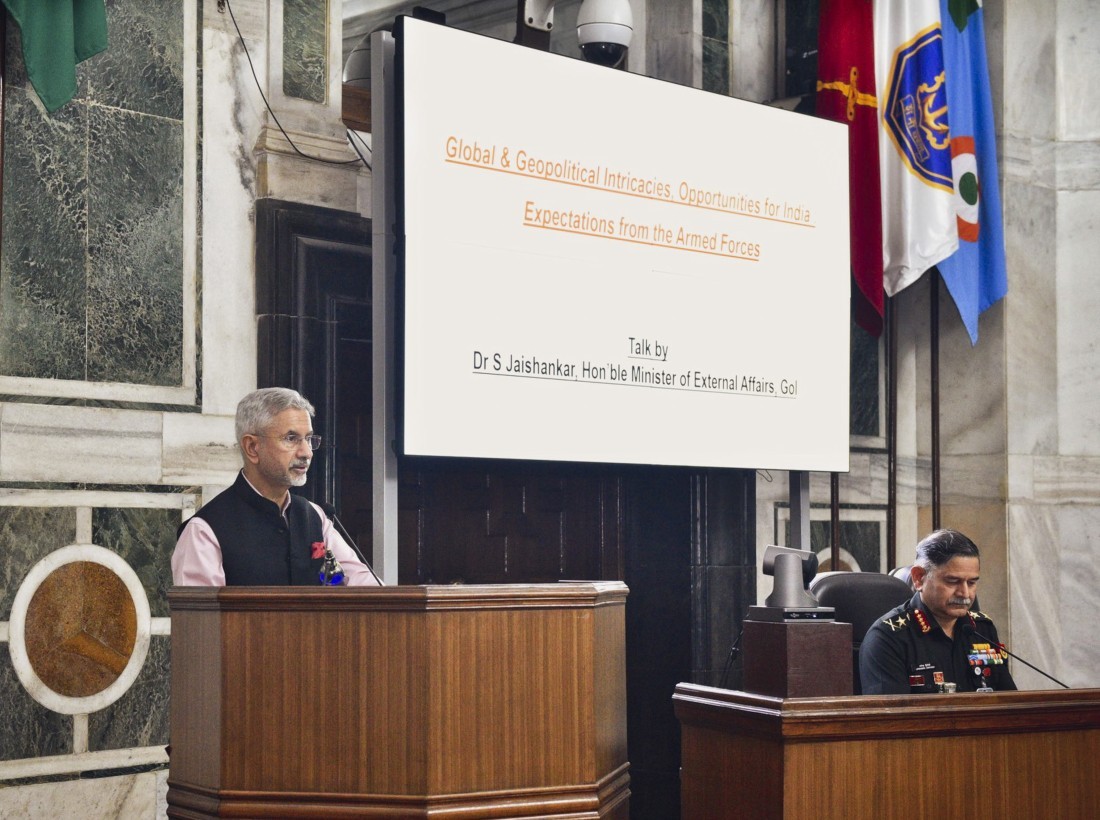
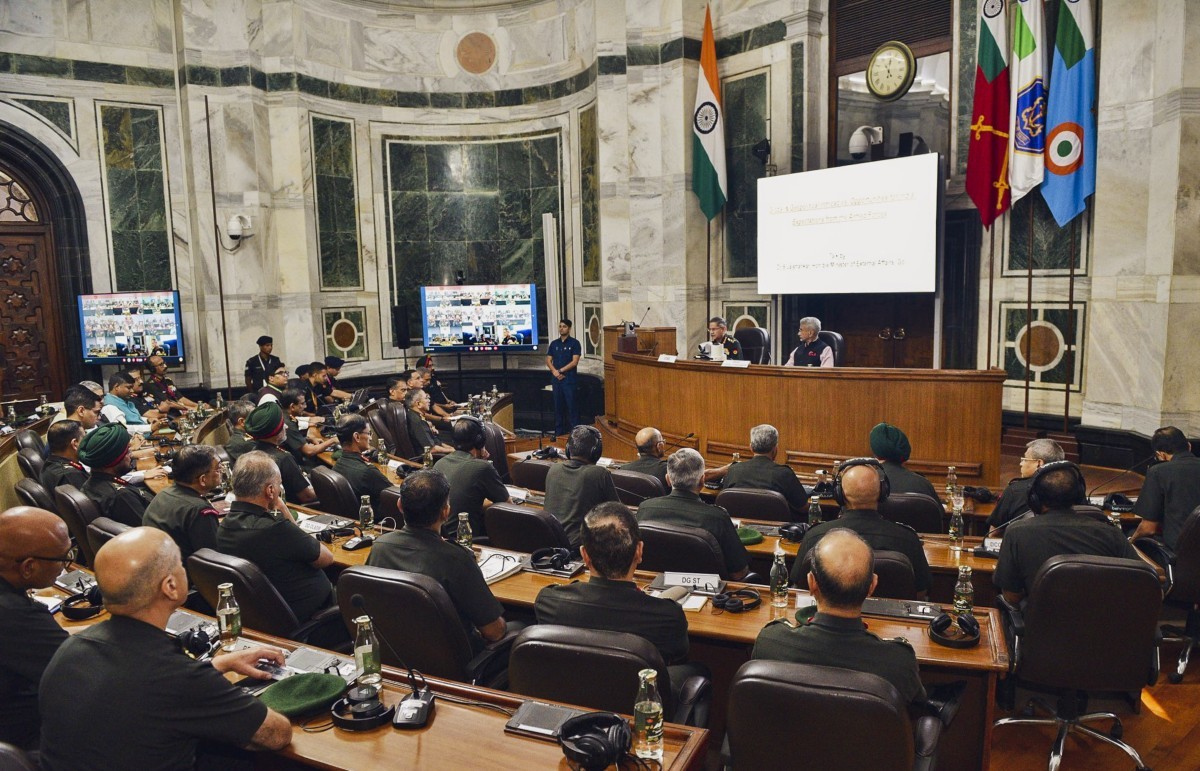
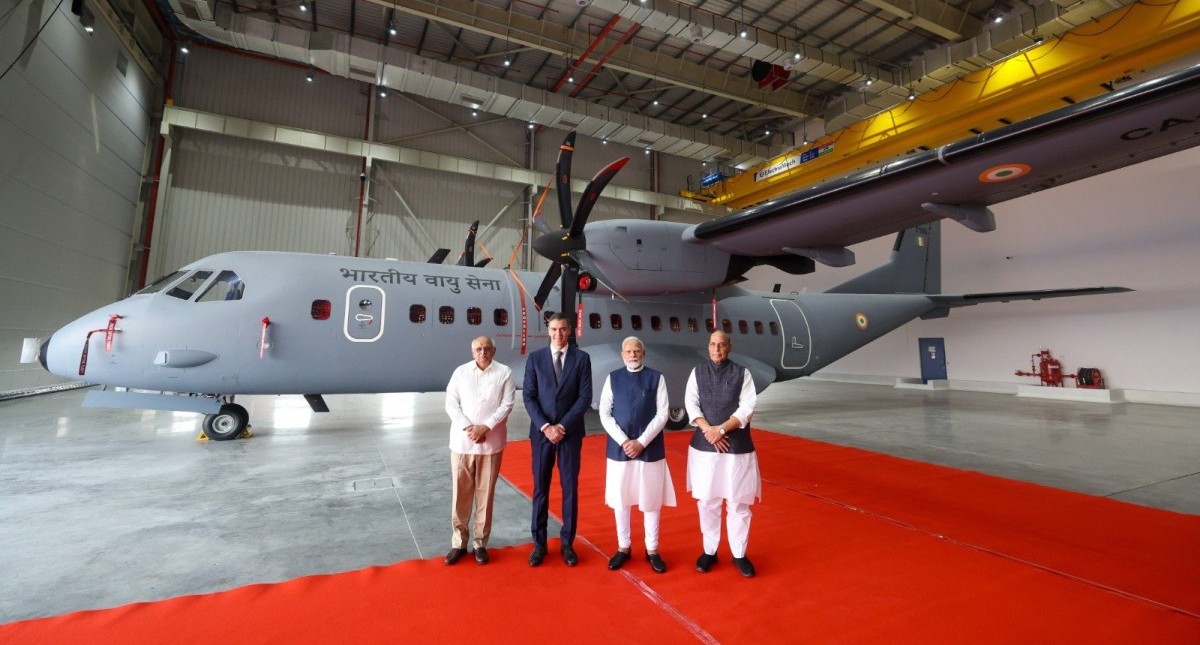

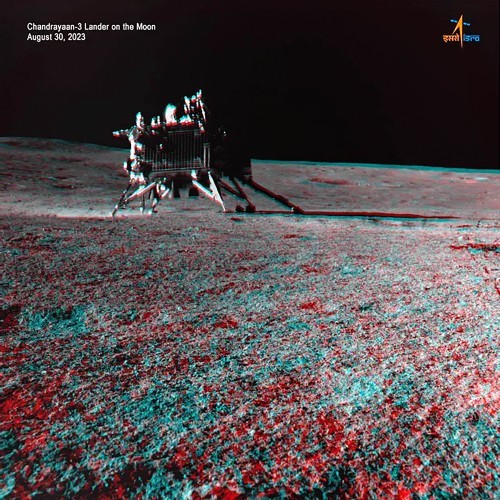
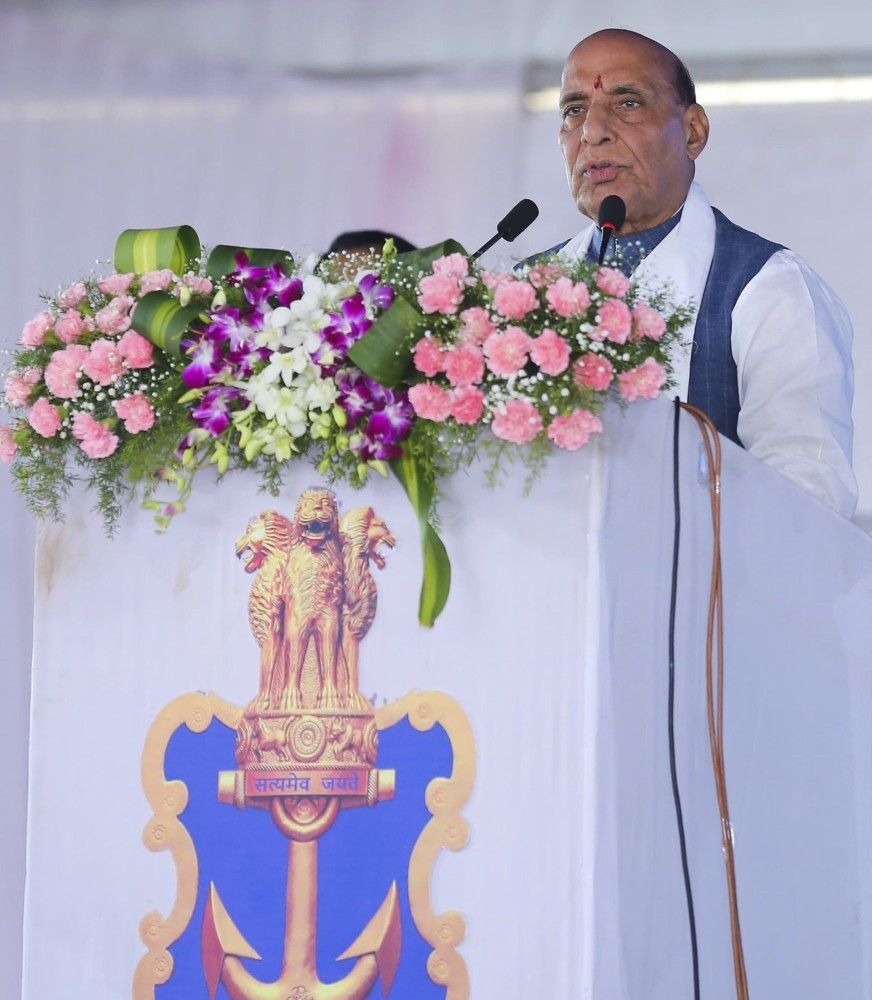






The Indian Air Force, in its flight trials evaluation report submitted before the Defence Ministry l..
view articleAn insight into the Medium Multi-Role Combat Aircraft competition...
view articleSky enthusiasts can now spot the International Space Station (ISS) commanded by Indian-American astr..
view article